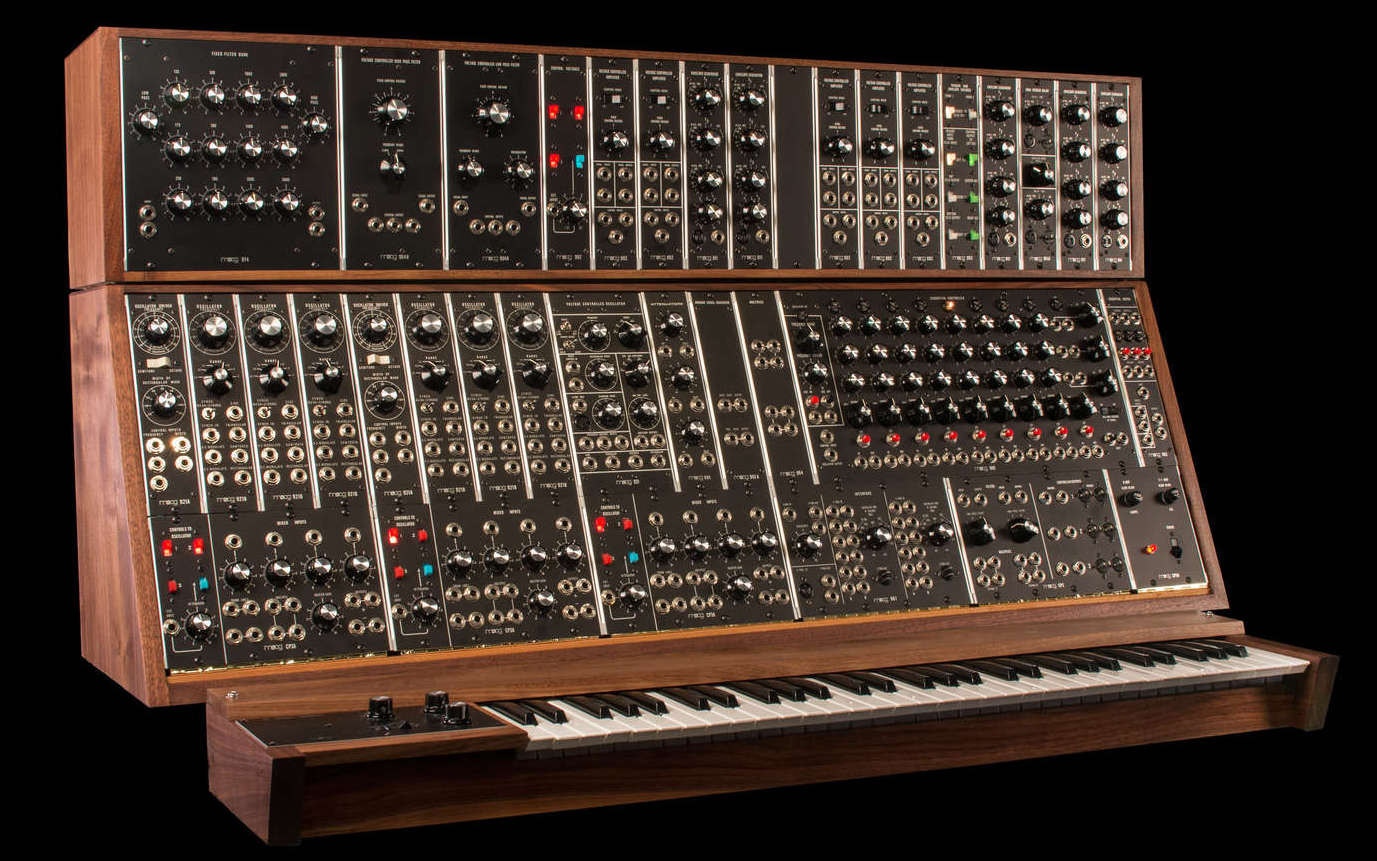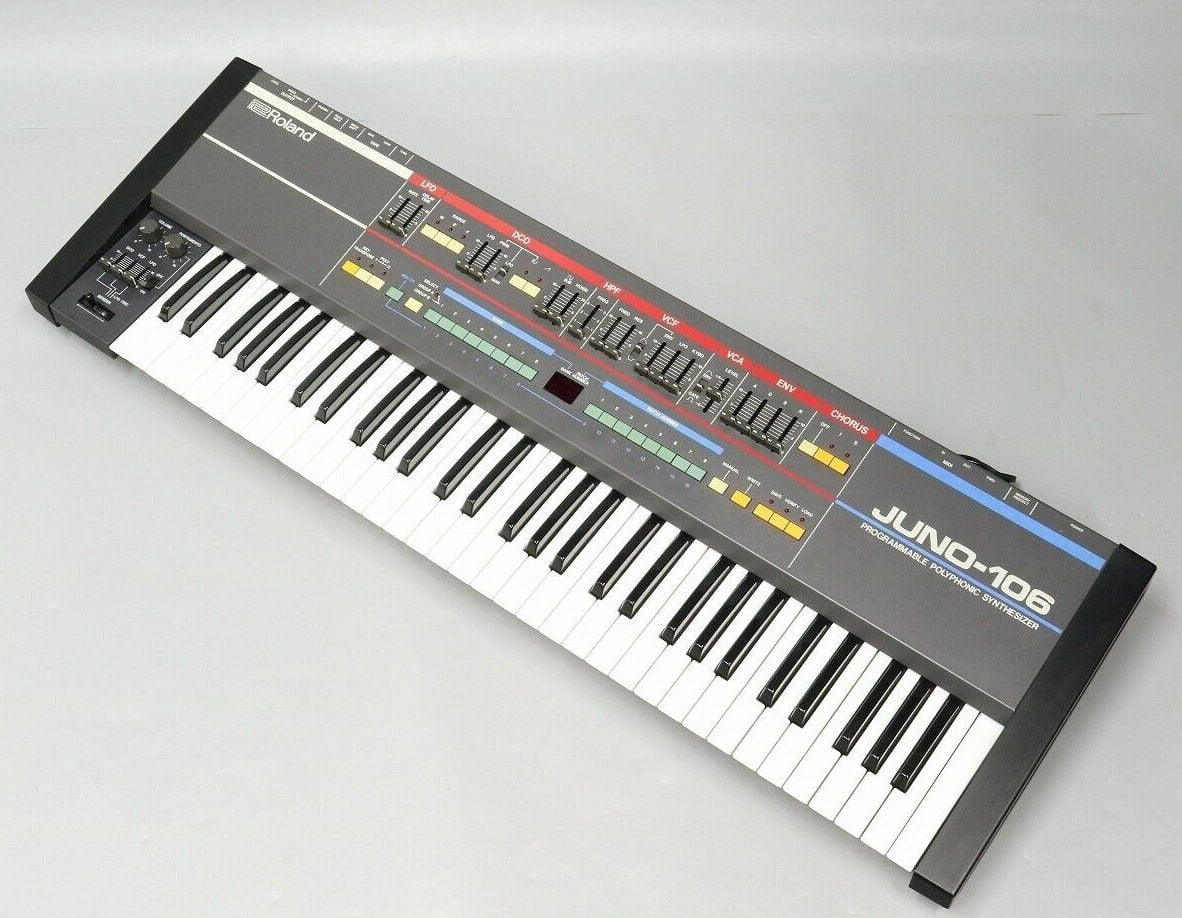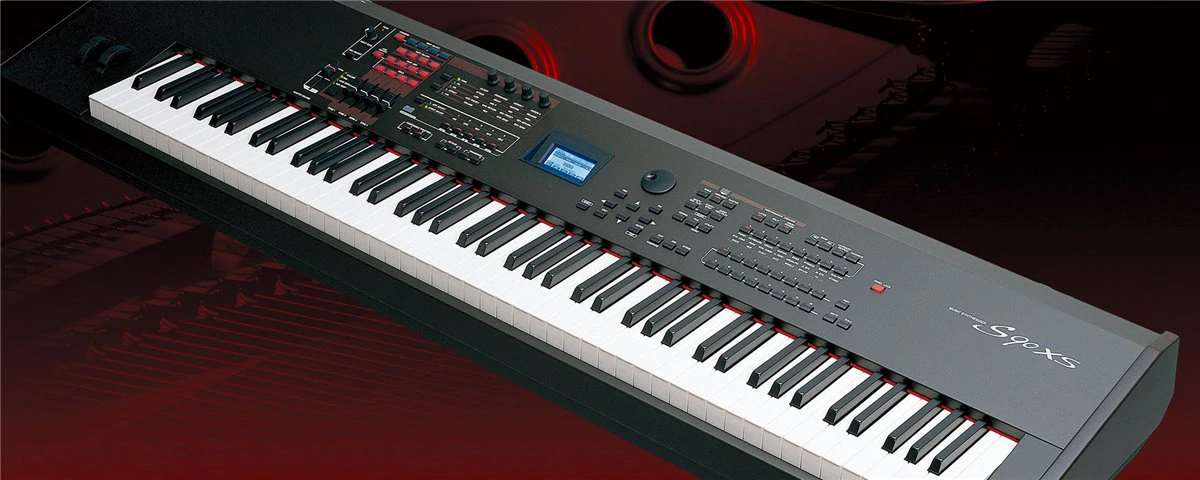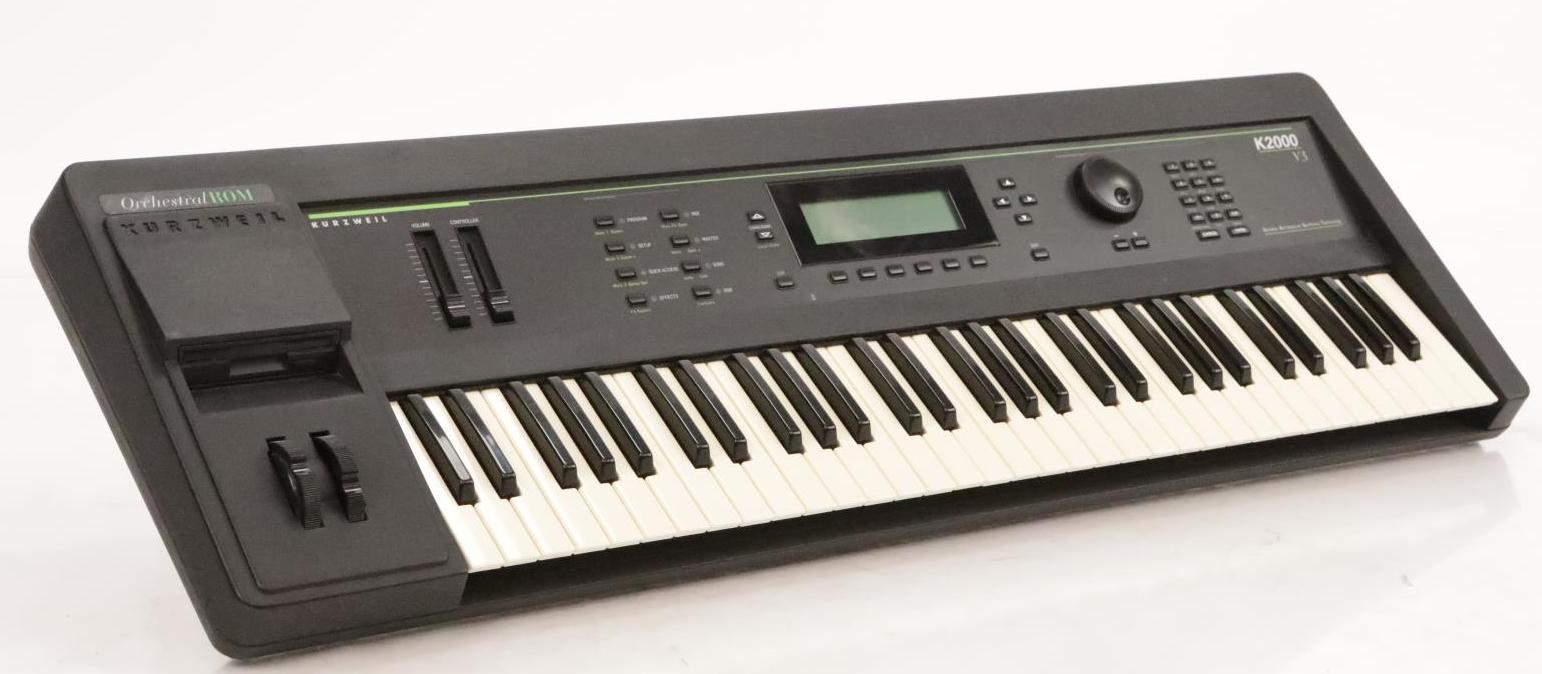Introduction
The Moog Modular synthesizer was the first commercially available synthesizer, designed and built by Dr. Robert Moog starting in 1964. Moog’s innovations in voltage-controlled oscillators, filters, and amplifiers allowed musicians to generate and shape electronic sounds in new ways. The Moog Modular consisted of separate modules connected by patch cords, allowing for an enormous amount of flexibility and experimentation. Moog’s synthesizers would go on to revolutionize popular music in the late 1960s and 1970s.
Designers
The primary designer behind the Moog Modular synthesizer was Robert Moog (1934-2005), an electrical engineer who had a deep interest in electronic music composition. Moog began building theremins in the 1950s and started developing modular synthesizer prototypes in 1963. He was assisted by Herbert Deutsch, a composer who helped define the needs of electronic musicians. Moog also collaborated closely with Wendy Carlos, whose album Switched-On Bach demonstrated the musical potential of Moog’s instruments.
Moog’s key innovations included voltage-controlled oscillators, which allowed the pitch to be controlled by a keyboard or sequencer, and voltage-controlled filters. Moog also developed envelope generators to shape the amplitude and timbre over time. The modular, patchable design was equally important, giving musicians flexibility to route signals and control parameters.[1]
After the sale of his company in 1971, Moog had less direct involvement in synthesizer development. However, the core technologies he pioneered formed the foundation for both Moog Music and its competitors in subsequent decades.
Impact and Popularity
The release of Switched-On Bach in 1968 demonstrated the Moog Modular’s capacity for serious musical performance. Wendy Carlos’ skilled adaptations of Bach brought the synthesizer to mainstream attention.[2] Pop and rock artists quickly adopted the new instrument; the Moog was heard on recordings by the Doors, the Rolling Stones, and the Beatles by the end of the 1960s.[3]
Keith Emerson of Emerson, Lake & Palmer became famous for his live Moog solos. Groups like Tangerine Dream and Kraftwerk built their signature sounds around the Moog. By the mid-1970s, the Moog was ubiquitous in rock, funk, jazz, electronic, and experimental music.[4] Its use declined in the 1980s with the rise of digital synthesizers, but the Moog sound remained influential across electronic dance music genres.
Technical Specifications and Features
The Moog Modular system consisted of separate modules, housed in wooden cabinets, that were wired together with patch cords to create sounds. The most important modules included:[5]
– **Voltage-controlled oscillators (VCOs)** – Produced different waveform outputs, with frequency controlled by voltage. Usually at least two VCOs were used.
– **Voltage-controlled filters (VCFs)** – Altered the harmonic content by cutting frequencies. The 24dB/octave lowpass filter was the most iconic Moog filter.
– **Voltage-controlled amplifiers (VCAs)** – Altered amplitude/loudness based on a control voltage.
– **Envelope generators** – Shaped the amplitude, filter cutoff, or pitch over time when a key was pressed.
– **Noise generator** – Produced white noise and pink noise signals.
– **Mixer** – Combined and blended oscillator and noise signals.
– **Ring modulator** – Created more complex, dissonant timbres by multiplying signals.
– **Sequencer** – Stepped through programmed patterns to automate modulation and triggering of sounds.
– **Keyboard controller** – Played the synthesizer live through a piano-style keyboard.
Later compact models like the Minimoog integrated these components into a portable, performance-oriented instrument.
Influence on Music Production
The Moog Modular synthesizer expanded the palette of timbres available to musicians and producers. Its signature sounds included deep basses, resonant sweeps, otherworldly tones, and novel percussive effects. The Moog influenced record production in the following ways:[6]
– New approaches to melody and harmony – Moog lead lines added new colors to melodic lines. The ability to play chords polyphonically opened new harmonic possibilities.
– Basslines and arpeggios – The Moog’s deep, rich bass sounds featured on many hit funk and electronic dance tracks. Sequenced Moog bass patterns became a signature of electronic genres.
– Texture and analog warmth – The Moog offered a dense, creamy timbral quality that gave recordings new depth and complexity compared to previous electronic instruments.
– Avant-garde and experimental music – The Moog’s flexibility enabled new approaches to abstract composition and performance art. Groups like Kraftwerk used it to develop entirely new genres.
– Film and television soundtracks – Moog sounds were used extensively to evoke sci-fi atmospheres in movies and TV shows.
– Psychedelic and progressive rock – Bands like Yes, Pink Floyd, and Rush used Moog synthesizers to craft expansive sonic journeys and convey altered states of consciousness.
Citations:
[1] https://en.wikipedia.org/wiki/Moog_synthesizer
[2] https://www.moogmusic.com/products/moog-modular-systems
[3] https://www.moogmusic.com/synthesizers?type=42
[4] https://www.openculture.com/2016/02/how-the-moog-synthesizer-changed-the-sound-of-music.html
[5] https://www.moogmusic.com/news/early-years-moog-synthesizer
[6] https://youtube.com/watch?v=Ty773E4nLcc
[7] https://www.reddit.com/r/synthesizers/comments/zkzkkc/who_designs_new_moog_synthesizers/
[8] https://rmc.library.cornell.edu/moog/modtomini.php
[9] https://www.moogmusic.com/news/return-moog-modular
[10] https://youtube.com/watch?v=aicPhDyfYTg
[11] https://moogfoundation.org/modular-icons-artist-synth-spotlight/
[12] https://www.linkedin.com/pulse/moog-synthesizers-pioneering-sound-shaping-music-decades-maaz-ahmad
[13] https://www.moogmusic.com/news/landmark-50th-anniversary-moog-modular
[14] https://www.synthtopia.com/content/2023/09/30/a-1969-introduction-to-the-moog-synthesizer/
[15] https://www.vintagesynth.com/moog/modular.php
[16] https://www.sharetopros.com/blog/moog-synth.php
[17] https://www.wqxr.org/story/moog-synthesizers-dynamic-musical-history
[18] https://youtube.com/watch?v=7eaX45pjlj4
[19] https://emeapp.org/2021/10/19/jim-scott-on-working-with-bob-moog-and-the-worlds-most-famous-synthesizers/
[20] https://moogfoundation.org/a-history-of-the-moog-modular-in-space-music/
[21] https://artsandculture.google.com/story/evolution-of-moog-synthesizers-1964-2002-moogseum/agUh-zsKII1HOQ?hl=en
[22] https://www.soundonsound.com/people/dr-robert-his-modular-moogs
[23] https://www.fastcompany.com/90340625/how-synthesizer-pioneer-bob-moog-brought-electronic-music-to-the-masses
[24] https://www.invent.org/inductees/robert-moog
[25] https://u3065634.wordpress.com/2015/07/30/the-moog-synthesizer-the-history-development-and-influence/





